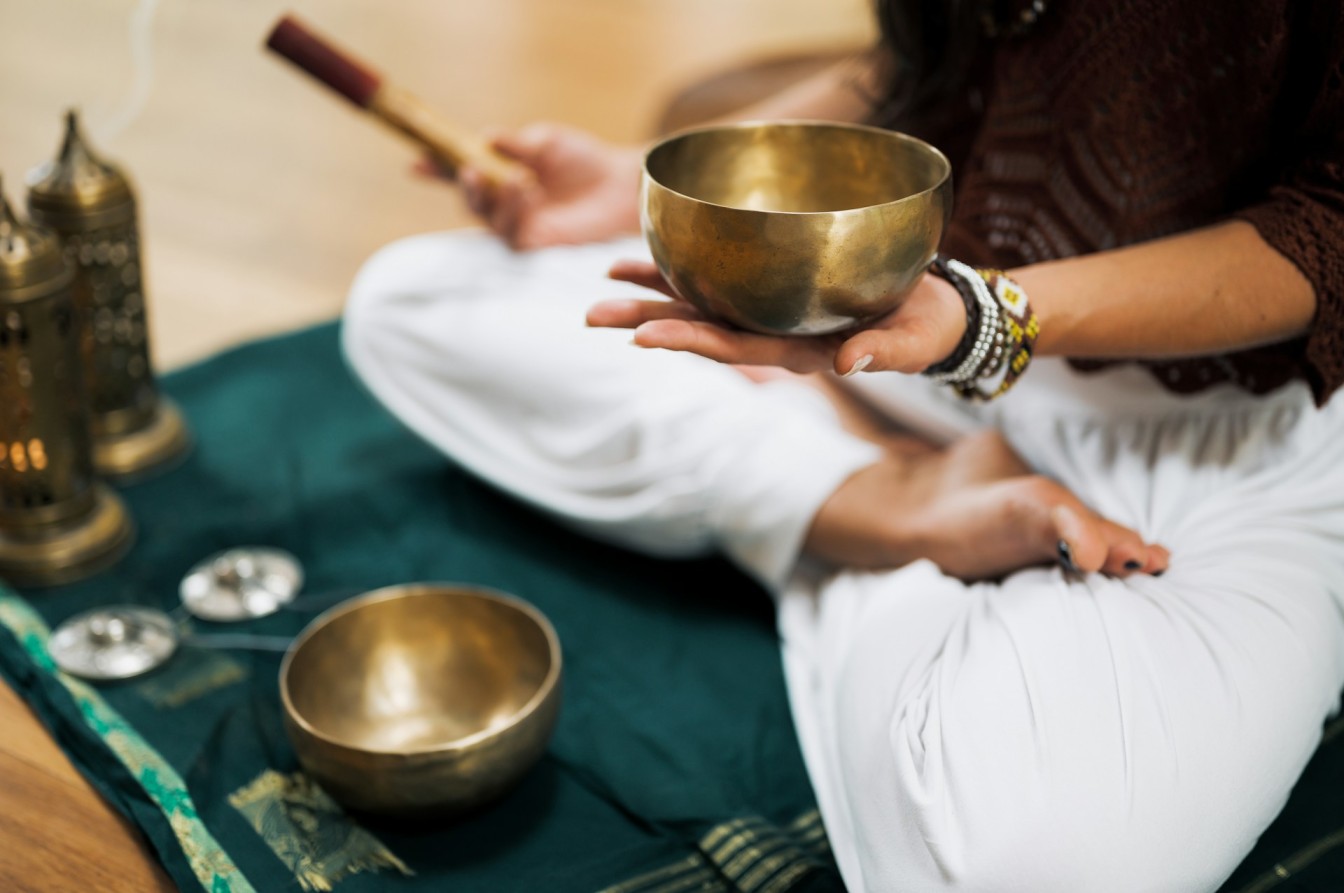Introduction
Tibetan medicine, known as Sowa Rigpa (the "Science of Healing"), is one of the world's oldest and holistic healing systems. The origin and practice of Sowa Rigpa dates back to over 2,500 years, which is deeply rooted in Buddhist philosophy, emphasizing balance between the body, mind, and spirit to achieve health and well-being. It is influenced by Indian Ayurveda, Chinese medicine, Persian healing traditions, and indigenous Tibetan practices like spiritual healing and divination. Today, Sowa Rigpa is practiced not only in Tibet but also in parts of India, Nepal, Bhutan, Mongolia, and increasingly in Western countries as an alternative healing system.
Origin and Historical Development
Sowa Rigpa traces its origins to the pre-Buddhist Bon tradition of Tibet, which relied on spiritual and herbal healing methods. However, its formal development began in the 7th century CE, when King Songtsen Gampo invited physicians from India, China, and Persia to share their medical knowledge.
The foundational text of Sowa Rigpa, the Gyushi (Four Tantras), was compiled in the 12th century by Yuthok Yonten Gonpo, a renowned physician. This text systematically organizes medical knowledge into four sections:
- Root Tantra – Explains the basic principles of health and disease.
- Explanatory Tantra – Details anatomy, physiology, and pathology.
- Instructional Tantra – Covers diagnosis and treatments.
- Subsequent Tantra – Discusses pulse reading, urine analysis, and therapies.
As mentioned above, Buddhist philosophy heavily influenced Sowa Rigpa, particularly the concepts of karma, interdependence, and compassion. Monastic institutions became centers of medical learning, where monks trained as physicians, for a long time. Beside the monastically trained amchi (doctor of Sowa Rigpa), traditionally trained amchi have also existed alongside. Today, it is also practiced by amchi trained in modern institutes of Sowa Rigpa in China, India, and Nepal.
Principles of Sowa Rigpa
Sowa Rigpa is based on the concept of balance among three primary energies or nyespa:
- Lung (Wind) – Governs movement, respiration, and nervous system functions.
- Tripa (Bile) – Controls metabolism, digestion, and body temperature.
- Beken (Phlegm) – Regulates bodily fluids, stability, and immunity.
When these nyespa are in harmony, a person enjoys optimum health. Imbalances, caused by diet, lifestyle, emotions, or environmental factors, lead to illness.
Diagnosis Methods
Amchi use three primary diagnostic techniques:
- Pulse Reading (Tsa Che) – Detects imbalances by assessing the quality of the pulse at different points in two wrists.
- Urine Analysis (Dre Che) – Examines color, odor, bubbles, and sediment to determine disease.
- Visual and Question-Based Diagnosis – Observes the patient’s complexion, tongue, and behavior while inquiring about symptoms and lifestyle.
Treatment Methods
Sowa Rigpa employs a holistic approach, combining natural therapies with spiritual practices.
1. Herbal Medicine
Tibetan pharmacology uses hundreds of herbs, minerals, and animal products. Formulas are tailored to individual needs, often combining multiple ingredients to enhance efficacy. Popular medicines include:
- Padma 28 – Used for circulatory and immune disorders.
- Agar 35 – Treats digestive and liver conditions.
- Rinchen Rilnag – A precious pill for chronic diseases.
2. Dietary and Lifestyle Adjustments
Food is considered medicine. Physicians recommend specific diets based on a patient’s dominant nyespa. For example:
- Lung imbalance (anxiety, insomnia) – Warm, nourishing foods like soups and butter tea.
- Tripa imbalance (inflammation, acidity) – Cooling foods like cucumbers and barley.
- Beken imbalance (congestion, sluggishness) – Light, spicy foods like ginger and honey.
3. External Therapies
- Ku Nye (Massage) – Uses herbal oils to relax muscles and improve circulation.
- Moxibustion – Burning herbs near acupuncture points to stimulate healing.
- Horme (Hot Stone Therapy) – Heated stones applied to energy points.
4. Spiritual Healing
Meditation, mantra recitation, and rituals are used to address mental and emotional imbalances, as Sowa Rigpa views psychological well-being as crucial to physical health.
Places Where Sowa Rigpa Is Practiced
While Sowa Rigpa originated in Tibet, political changes in the 20th century led to its spread across the Himalayan region and beyond.
1. Tibet (China)
Despite restrictions, Sowa Rigpa is practiced in monasteries and government-approved institutions like the Mentsikhang (Tibetan Medical Institute) in Lhasa.
2. India and Nepal
After the Chinese occupation of Tibet, many practitioners fled to India, where the Tibetan Medical and Astrological Institute (Men-Tsee-Khang) was established in Dharamshala. Nepal also has thriving Sowa Rigpa centers in Kathmandu that cater to both local communities and foreign clients.
3. Bhutan and Mongolia
Bhutan integrates Sowa Rigpa into its national healthcare system. Mongolia, with its historical ties to Tibetan Buddhism, also practices traditional Sowa Rigpa.
4. Western Countries
Growing interest in holistic health has led to Sowa Rigpa clinics in Europe and North America. Research is being conducted on its efficacy in treating chronic diseases. However, despite its effectiveness, Sowa Rigpa faces challenges in European markets due to strict regulations in those countries. Nevertheless, efforts are being made to preserve this ancient system through education, research, and integration with conventional biomedicine.
Conclusion
Sowa Rigpa is a profound healing tradition that blends science, spirituality, and nature. Its holistic approach offers valuable insights into maintaining health in today’s fast-paced world. As globalization increases, Sowa Rigpa’ s wisdom continues to inspire modern healthcare, proving that ancient knowledge remains relevant in the 21st century. By embracing its principles, we can learn to heal not just the body, but also the mind and spirit.
